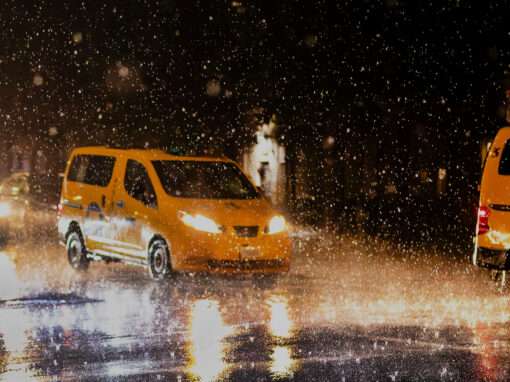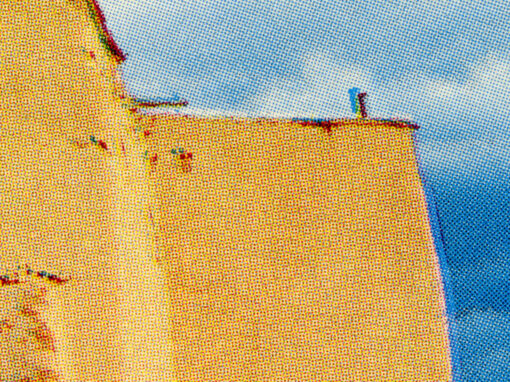One of the particular, and sometimes peculiar, powers of a photobook is its ability to call up the past with an immediacy that’s both familiar and gasp-making. We see images from the past and they seem – emotionally if not visually – as recent as this very afternoon. The image has preserved not only the scene in front of a lens, but somehow the taste, sound, smell and feel of that moment, too.
“Star Struck” by Ave Pildas
Published by Deadbeat Club, 2022
review by W. Scott Olsen
Yes, this is projection on the part of the viewer. But association needs a prompt, a direct shot at not really a visual but a mood. There is a big difference between Here’s a picture of a street, and Here’s a picture of what that street was like. So many photographers talk about taking pictures of emotions, it seems like it should be commonplace if not easy. It’s not. It’s even more challenging to understand how an image can reveal something about the soul of a specific time.
I am thinking about the way an image can call up the character of the past, of a specific time and place, because I have Ave Pildas’s wonderful new book, “Star Struck,” on my desk. All through this book I kept thinking, “Oh…..yes.” I may even have said it out loud.
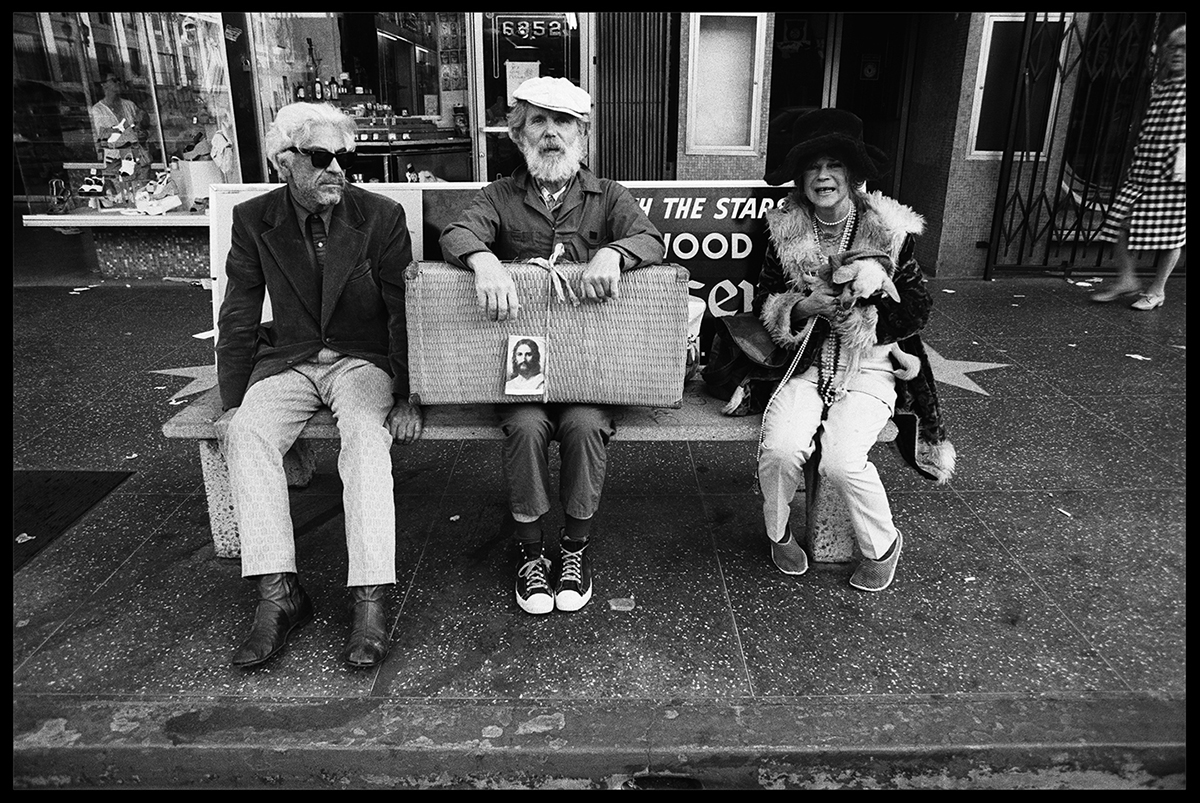
“Star Struck” is a playful and often profound articulation of a wonderful idea. Pildas simply went walking on the Hollywood Walk of Fame, where there are stars made of terrazzo and brass with the names of famous actors embedded in the sidewalks. The Walk of Fame is a tourist attraction, a bit more than a mile long, with more than 2700 stars lining the sides of Hollywood Boulevard and Vine Street. Visitors seek out the stars they admire (or loath) and somehow standing near the marker brings a bit more presence or connection.
Pildas knew that when standing by the stars, it’s difficult if not impossible to not feel a bit onstage, or at least closer to that world. There is an implied prompt in the air to begin performing. Add a camera and it seems almost like Presto! Something about the scene takes on dramatic weight.

“Star Struck” is a collection of seventy-eight images, all black and white, all taken between 1972 and 1975. Disco was in full swing. The Bee Gees’ “Jive Talkin” and “Love Will Keep Us Together” by the Captain and Tennille were on the radio. Richard Nixon was, and then wasn’t, President of the United States. The speed limit on American highways was 55 miles per hour. There was a war in Vietnam.
It was a complicated time. Hollywood brought us One Flew Over the Cuckoo’s Nest as well as The Rocky Horror Picture Show, Serpico and The Exorcist. To stand by the stars in the sidewalk was a moment of nostalgia, promise, malaise and hope. The images in “Star Struck” capture or at least hint at all of this.
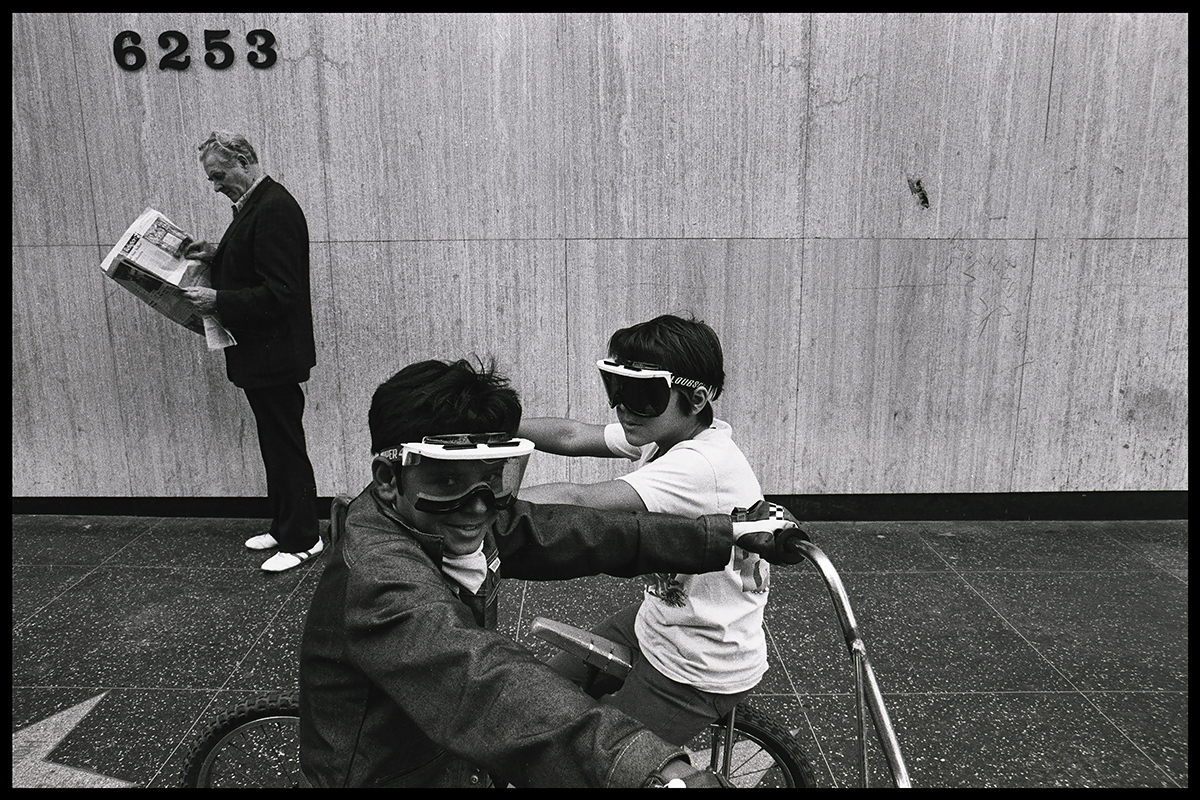
Many of these images appeared in magazines. However, they have never been collected in book form and “Star Stuck” is a fine way to see them altogether.
The prompt for the images seems to be twofold. For the majority of them, the people in the image are aware of Pildas and his camera. Look honey, a guy with a camera! Let’s strike a pose. The images are fun, often a bit over-the-top or audacious on purpose. Look honey, I’m acting like an actor! Oftentimes, though, the images are something else. Pildas has a keen eye for the tableau, or for irony. Some of the images are taken in front of an instant photo booth. Others are taken of people sitting on a bench with advertising that reads “Deposit yourself here.”
Whether the images are street theater, or sometimes still-lives, they are all resonant of the Hollywood value system.
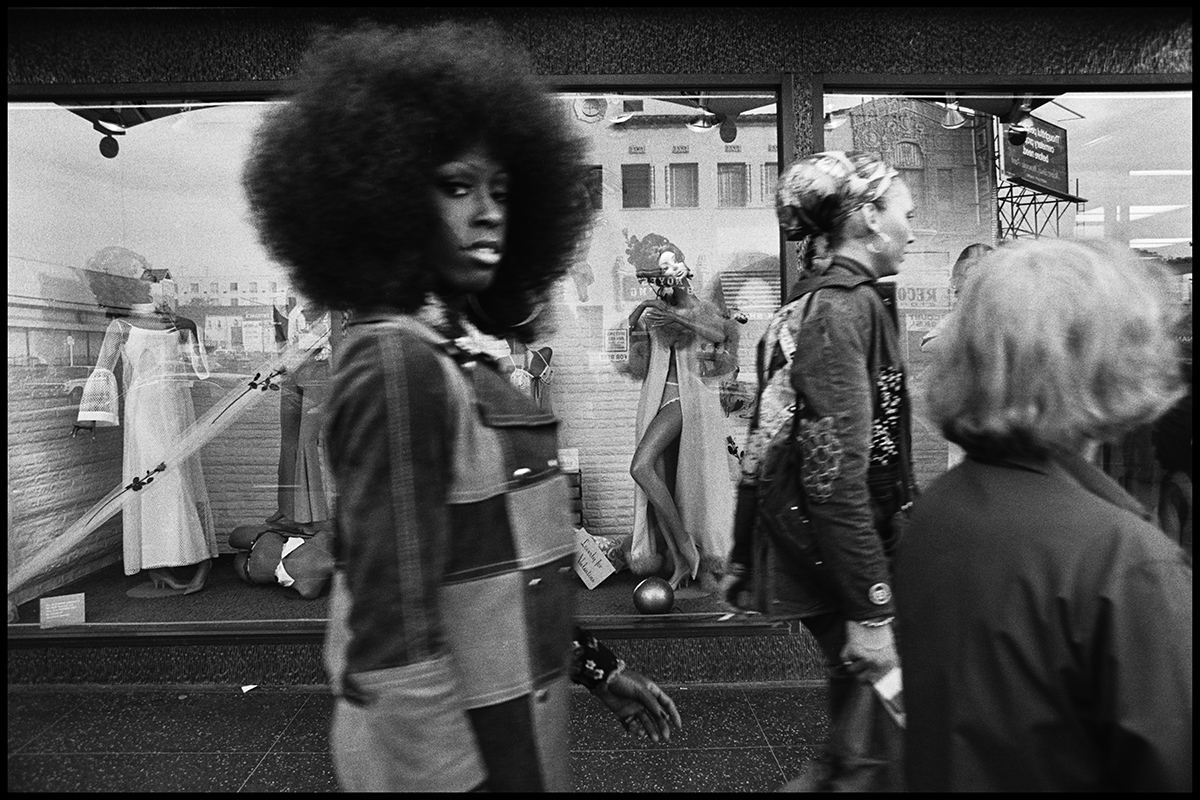
Pildas, of course, is well-known for his portraits of jazz musicians and for his street photography. His images are included in the collections of the Museum of Modern Art, New York; the Bibliotheca National, Paris; the University of Arizona as well as numerous other public and private collections. He is a Professor Emeritus at Otis College of Design. A former Art Director at Capitol Records, he says, “I left Capitol to work as an independent designer and photographer. I was immediately attracted to the people and places of Los Angeles. I was re-born as a street photographer. I spent two years shooting spontaneous happenings on the Hollywood Boulevard “Walk of Fame”. I amassed thousands of images; many were published in “Zoom”, “Photo”’, ‘” Creative Camera” and other magazines. They were also exhibited in both the US and Europe. Some are included in the collections of museums.”
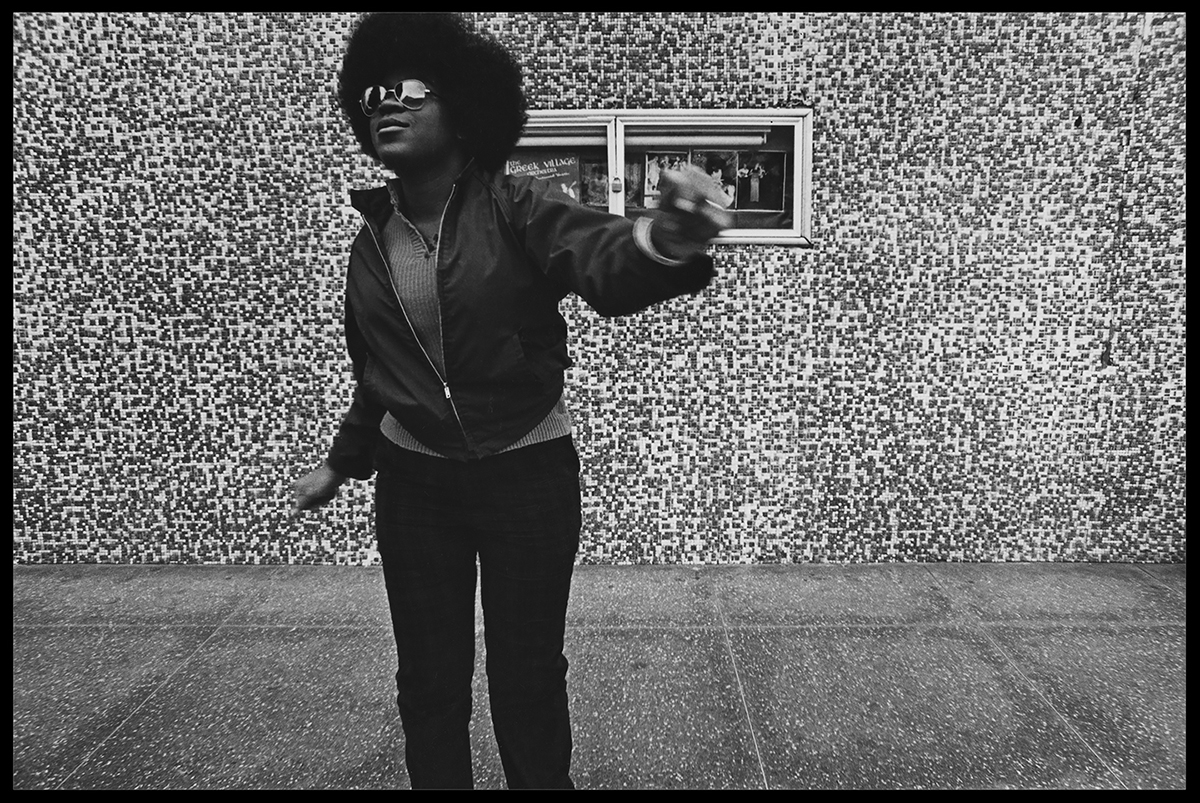
The only text in the book is a letter about the book from curator, scholar and writer David Campany to Pildas. He writes, “Hollywood Boulevard. Walk of Fame, 1970s. You were there, with your camera, with your love of life and people. It seems you turned the sidewalk into a little stage, and everyone came for a momentary audition. Some wanted to be famous, some were ok with a walk-on part, most were just happy to see you. I can see the life on that street. A brief time before heavy commercialization and selfies. I can see it was rough around the edges. But oh so alive.”
He continues, “…your photos have a way of getting to the eternal as much as the ephemeral. I know they say photography is always pointing backwards in time. We get that, but it’s only half true. Photographs have a future. A future we don’t have.”
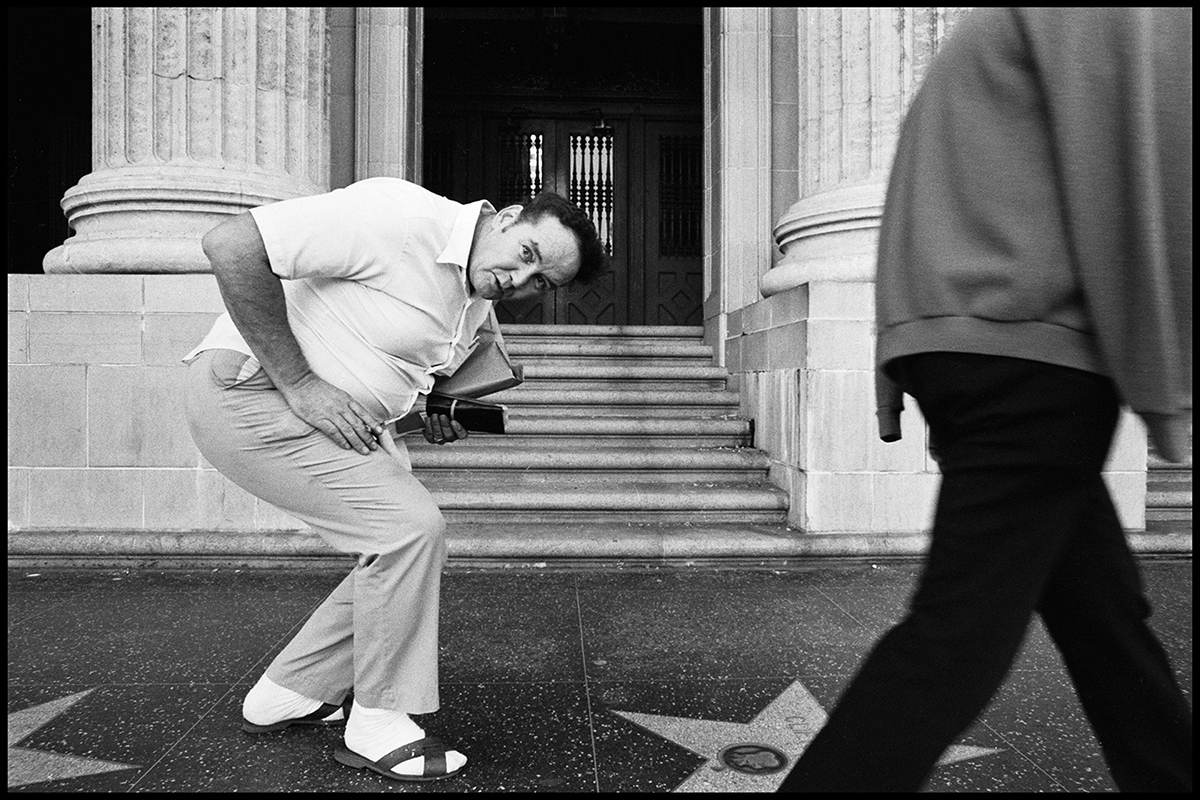
“Star Struck” is an entertaining book, and much more than it. It’s preservation and perhaps ethnography or archeology. It’s memory and joy.
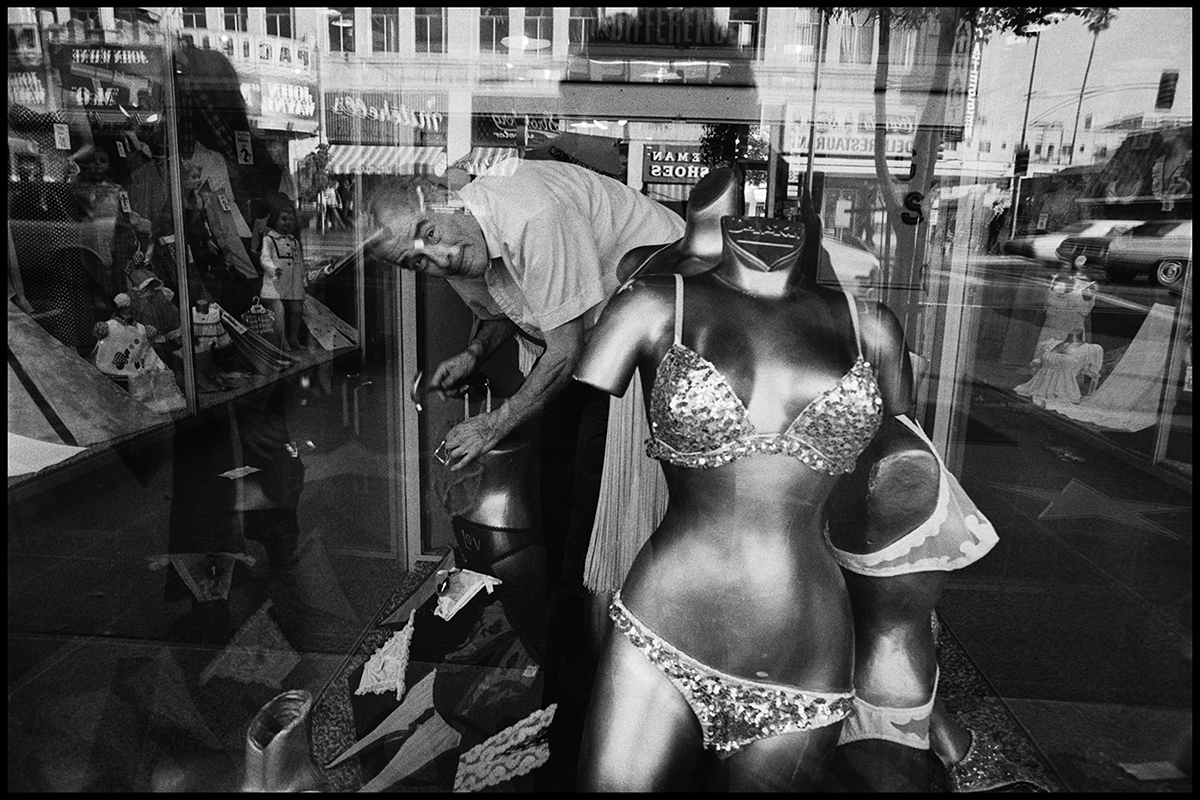

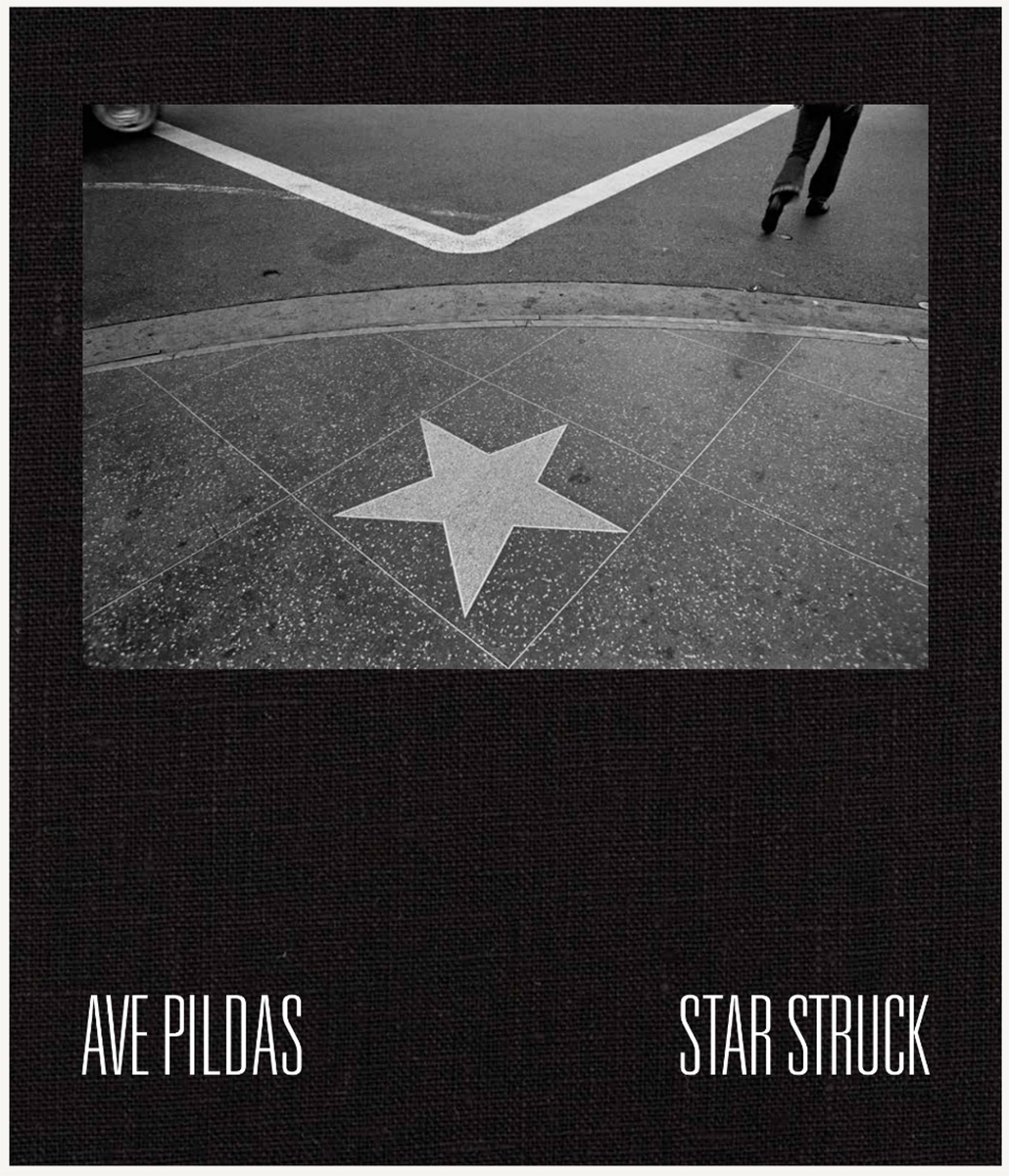
A note from FRAMES: if you have a forthcoming or recently published book of photography, please let us know.



